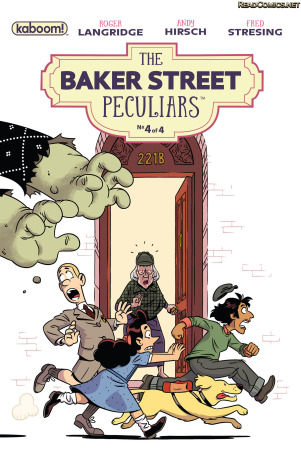Download links for: Red Capitalism: The Fragile Financial Foundation of China's Extraordinary Rise


Reviews (see all)
Write review
An insightful look into a financial system based on gross misallocation of capital and corruption.
Extremely informative. My favorite line, "The emperor is naked, but he's still the emperor."
Probablemente este libro lo disfruten mas los economistas
Worth the slog through all the acronyms.
Other books by History & Biography
Related articles












